Teaching International Student Pilots
Air Facts
MARCH 5, 2025
The power reduction, the induced drag of the level turn (2 Gs necessary to maintain level flight), and the parasitic drag of the speed-brakes slows the aircraft below the gear-limiting speed of 240 knots. With gusting winds, one half of the gust factor is added to the final approach and touchdown speeds (e.g.,

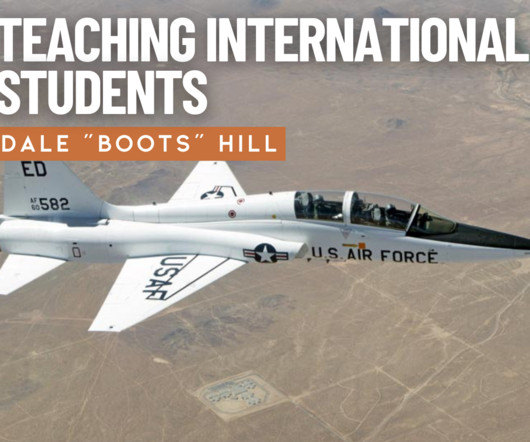

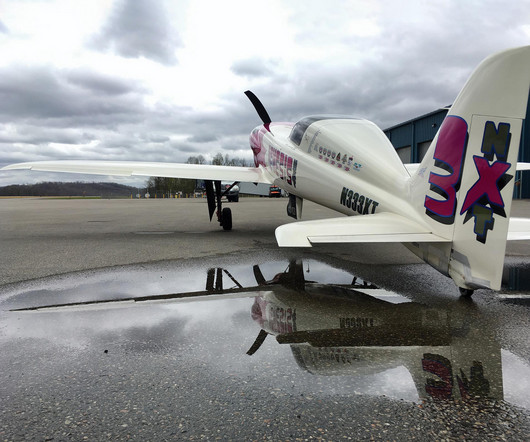

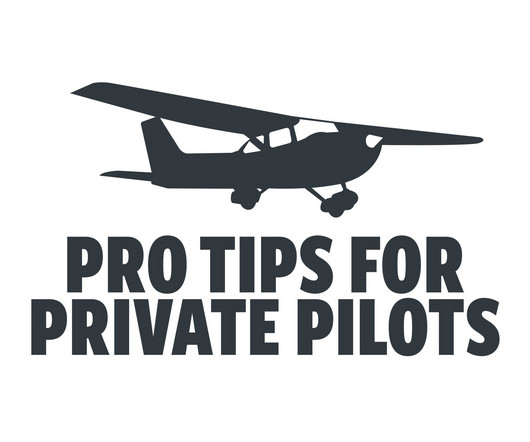

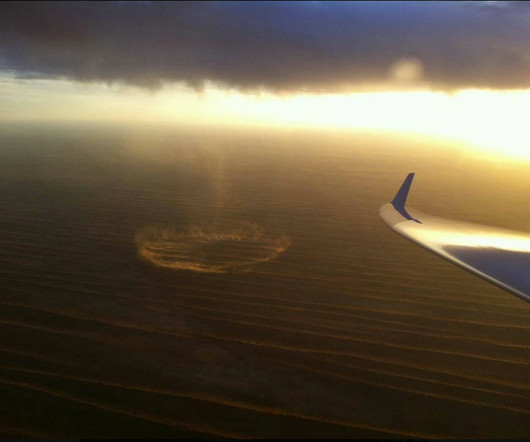


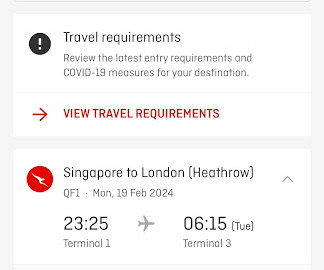

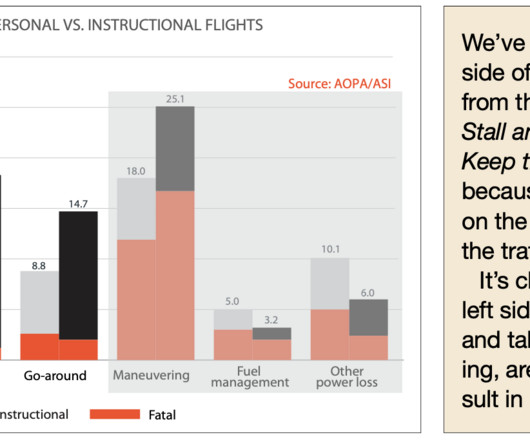
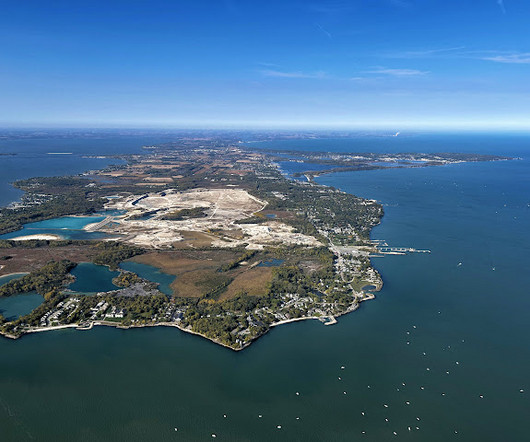
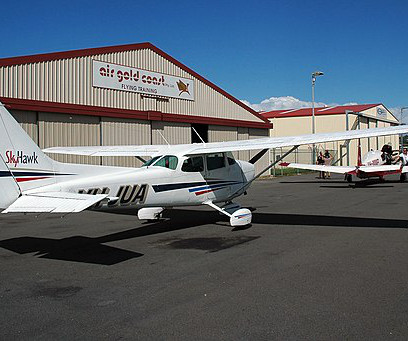





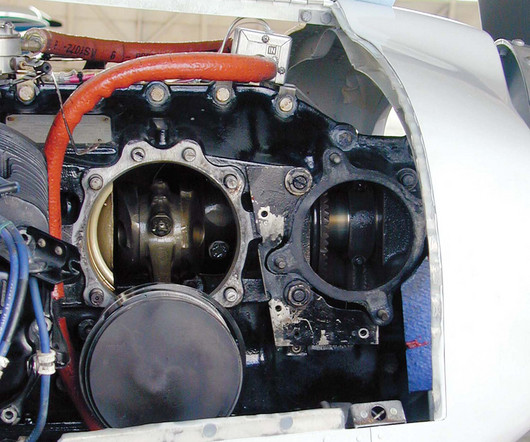







Let's personalize your content